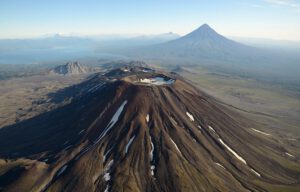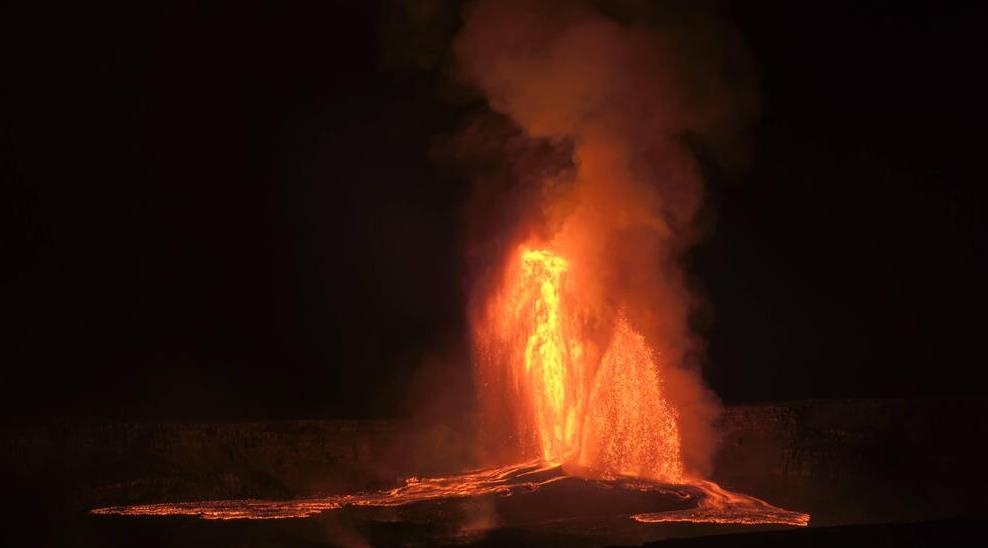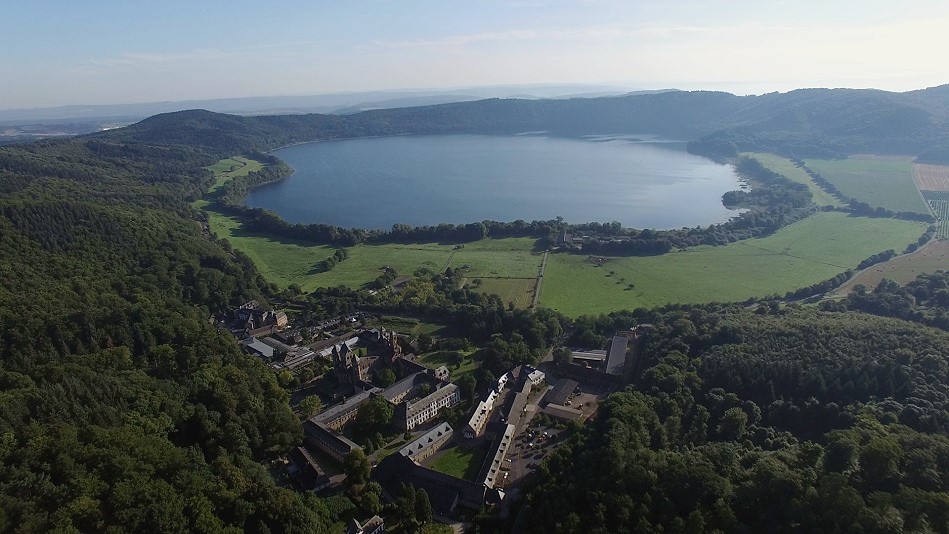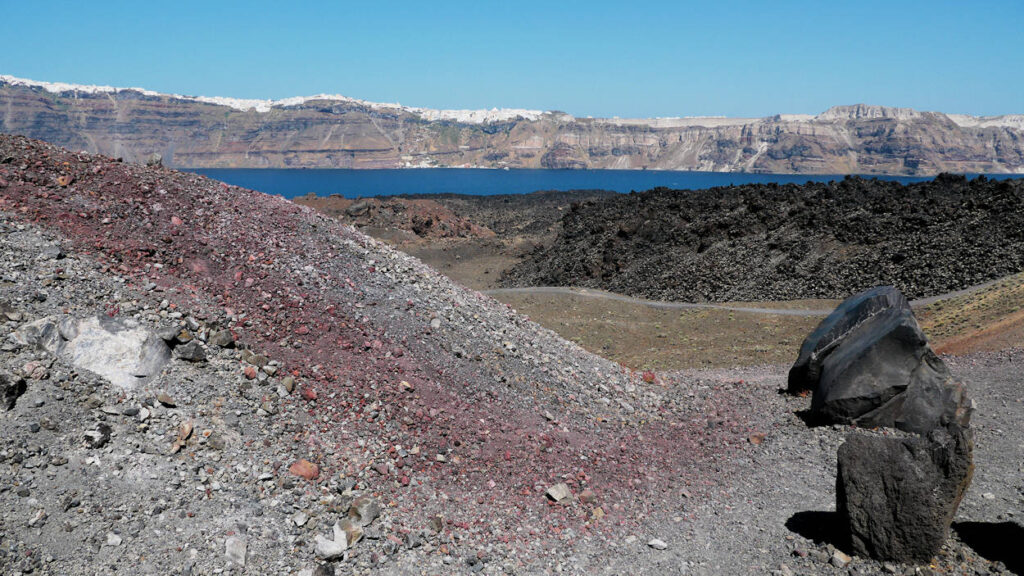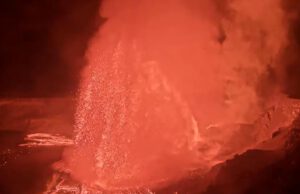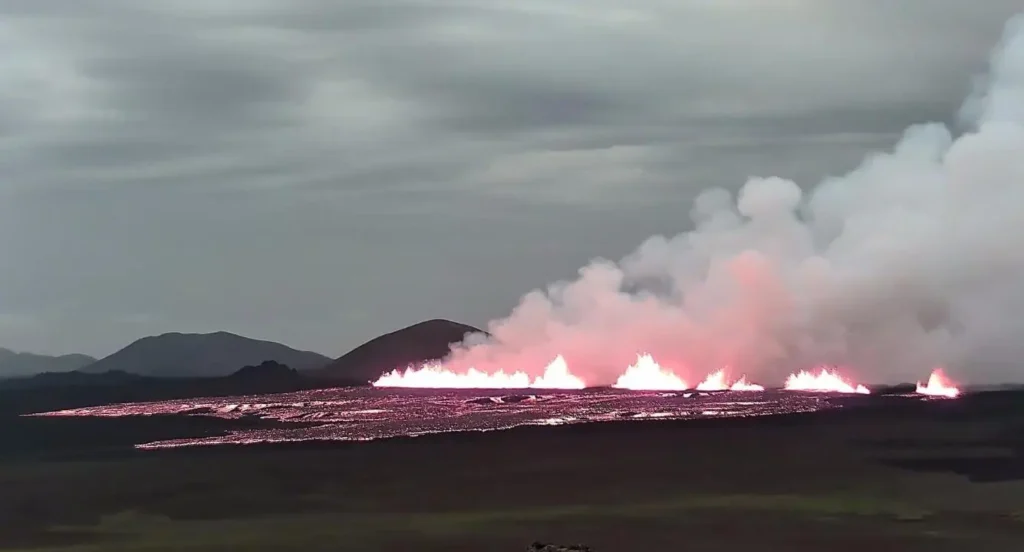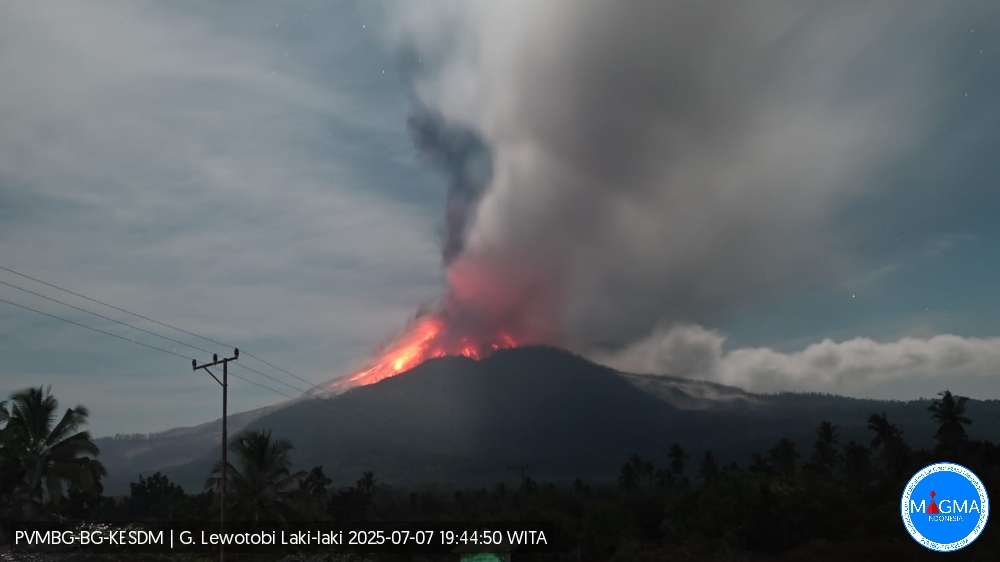Earthquake Swarm Detected Beneath the Western Shore of the Laacher See Volcano
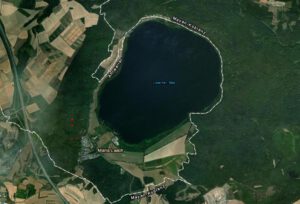
A rare earthquake swarm has been recorded beneath the western flank of the Laacher See volcano in Germany’s Eifel region. The seismic sequence began around 02:05 a.m. local time (00:05 UTC) and reached its peak in the early morning hours with a magnitude 0.9 quake at a depth of seven kilometers. The epicenter was located just northwest of Maria Laach Abbey, about 11 kilometers west-southwest of Andernach.
Although the tremors were too weak to be felt by residents, the event is considered exceptional. According to volcano observer Marc Szeglat, this is the first occurrence of its kind in his 25 years of reporting. The European-Mediterranean Seismological Centre (EMSC) listed five microearthquakes with positive magnitudes, while the website Erdbebennews reported an additional 87 ultra-weak vibrations with negative magnitudes, still awaiting official confirmation by the Rhineland-Palatinate Seismic Service.
No damage or danger to the public has been reported. However, the swarm comes amid a noticeable uptick in regional seismic activity. On October 8, a deep low-frequency earthquake (Mb 0.8) occurred at 32 kilometers depth between Mendig and Kruft. Such events, first documented at the Laacher See in 2013, are thought by geoscientists to indicate the movement of magmatic fluids at the boundary between the Earth’s mantle and crust.
While current seismicity offers no sign of an imminent eruption, the recent swarm highlights that the Laacher See region remains magmatically active. Over the long term, volcanologists note, renewed volcanic activity in this area cannot be ruled out.
